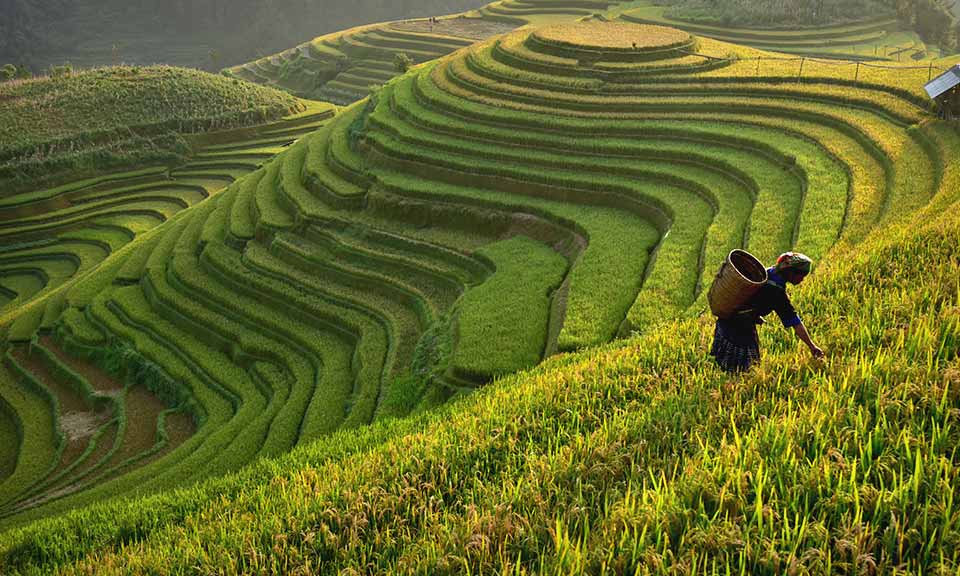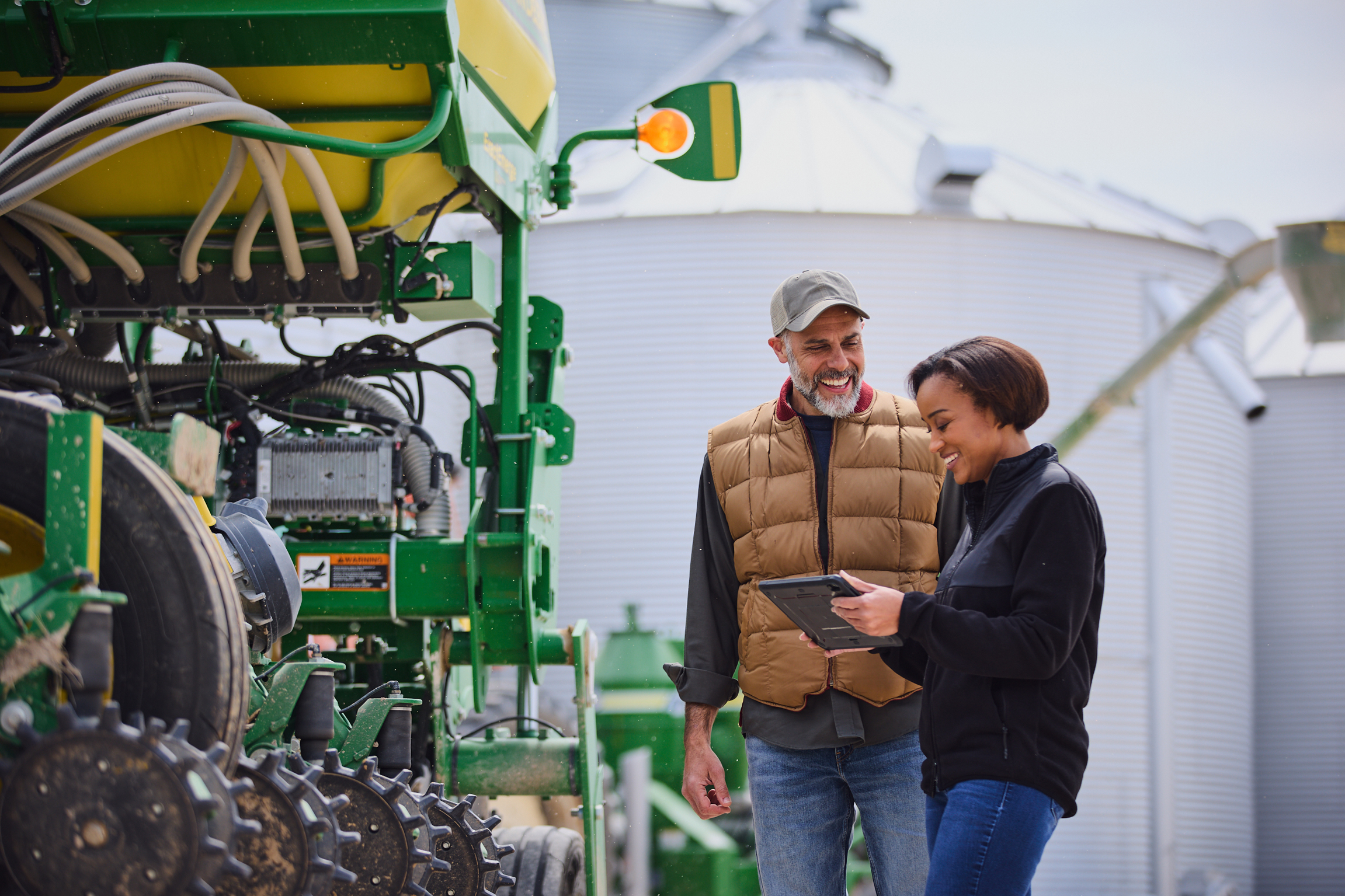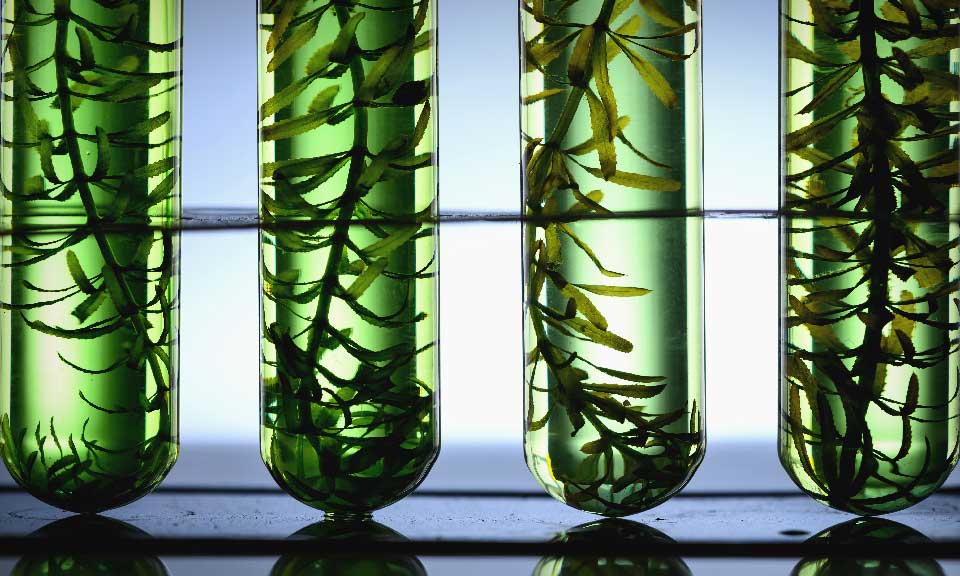What Xi Jinping brings to the table in China’s quest for food security

When it comes to politics and international relations, China's President Xi Jinping divides opinions across the globe, but his re-election as the General Secretary of Communist Party for a record third term Oct. 23 shows the strong grip he has over the country.
Some say Xi has emerged as the most powerful leader since the Communist Party founder Mao Zedong. So how does a 69-year-old politician garner so much backing when the official retirement age for the country's top job is 68 years?
The answer may lie in the narrative the Xi administration spins around food security promises as China struggles with a colossal and ever-growing appetite for grains and oilseeds.
It is an open secret that food supply has become a major concern for world's second largest economy.
According to World Economic Forum, China ranked 34th out of 113 countries in the 2021 Global Food Security Index, which measures food affordability, availability, quality and safety, and natural resources and resilience.
There is a popular Chinese adage: "To a king, people are heaven; to the people, food is heaven." The communist ruler knows that ensuring food supply holds the key to proper governance in China. As a result, China has become world's biggest importer of agricultural products in the last few years. It is a major purchaser of soybeans, soybean oil, corn, beef, palm oil and pork.
According to the US Department of Agriculture's economic research report released July 16, China's rising income and living standards, increasing urbanization, and food safety concerns have fueled its surging agricultural imports in the last two decades.
As incomes rose, the average Chinese diet changed to include more meat, dairy and processed foods, while grain consumption declined. In the past 20 years, per capita consumption of poultry meat increased 32%, soybean oil consumption more than quadrupled, and fluid milk intake more than tripled, the USDA said.
In recent years, China's astounding growth in commodity consumption has outpaced its domestic supplies, compelling the government to import food commodities in large volumes.
The Xi administration acknowledges the dire need to raise agricultural imports to satisfy domestic demand. But all that dependency on imports is leaving China vulnerable in its quest to become a superpower.
Let's take soybeans, for example.
China is the world's biggest importer of the yellow oilseed and processes over 80% of those high-protein beans into animal feed, catering to its vast pork industry. The country consumes roughly 115 million mt/year of raw soybeans. And despite all the technological interventions in local agriculture sector, China barely manages to produce 16 million mt/year of the oilseed. Not surprisingly, it is compelled to import nearly 95 million mt of the expensive beans, mostly from Brazil and the US.
Being the world's largest soy purchaser, China has no choice but to buy the oilseed despite volatile price fluctuations.
This heavy dependency on two sources located thousands of miles away doesn't bode well with China's strategic goals, a Shanghai-based commodity consultancy said. And Xi knows this very well.
In his speech during the 20th National Congress of the Communist Party of China Oct. 16, Xi mentioned "food security" several times.
"We must reinforce the foundations for food security on all fronts," he said. "We will ensure that both Party committees and governments assume responsibility for ensuring food security and that China's total area of farmland does not fall below the redline of 120 million hectares."
Xi also talked about technological investments in agriculture.
"We will work to gradually develop all permanent basic cropland into high-standard cropland," Xi said. "We will invigorate the seed industry, support the development of agricultural science, technology, and equipment, and refine the mechanisms for ensuring the incomes of grain growers and for compensating major grain-producing areas."
"Food security is a major issue, without which the country could be left vulnerable to foreign factors, such as geopolitical risks," he added.
Over the past few years, the Xi government did introduce strict laws under the guise of food security. It even implemented the Anti-Food Waste Law, but monitoring 1.4 billion citizens just to see who is wasting food seems more of a wishful thinking than a decree.
According to commodity analysts, China knows that when it comes to crops like soybeans, corn and edible oils, it will not be able to fulfil its domestic demand through local production – not for at least the next 20 years. And even then, it will be a miracle to achieve self-sufficiency given the fact that China's arable land is very limited amid rapid urbanization and climate change.
China's fast depleting arable land was estimated at 1.28 million sq km by the end of 2019, which accounts for roughly 13% of country's total area, according to the Ministry of Natural Resources.
Not surprisingly, the government is looking at diversifying its import origins to fix short-term scarcities.
China has been importing corn primarily from the US and Ukraine. However, supply from these origins have been uncertain due to geopolitical tensions. The altercation with the US over Taiwan and the Russia-Ukraine war have left China to seek Brazilian supply. It's aiming to get Brazilian corn by as early as December.
Aside from corn, China is also going to import soybean meal from the Brazil just to reduce its dependency on raw soy imports. How this is going to impact China's massive crushing industry is perhaps a matter of debate for another time.
Looking at the big picture, will China's food security goals be achieved through import diversification? Maybe not. Is Xi betting on Brazilian supplies to ensure food security? Definitely not.
Going by his speeches, the long-term strategy for the Xi administration seems to become self-reliant in agriculture. Supply of grains, soybeans, meat, vegetables, fruits and aquatic products must be guaranteed to the people through the expansion of farmlands across China, Xi said.
But here is where another popular Chinese witticism rings a bell: "All the talk doesn't cook rice."

News
Bayer AG has announced the pilot of an expert generative AI (GenAI) system that “quickly and accurately” answers questions related to agronomy, farm management and Bayer agricultural products. The pilot has been developed in collaboration with Microsoft as leading technology partner and Ernst & Young (EY) as an industry partner, the company said. The system is the result of Bayer using proprietary agronomic data to train a large language model (LLM) with years of internal data, insights from thousands of trials within its vast testing network and centuries of aggregated experience from Bayer agronomists around the world, the company said. “Our unique GenAI system has the potential to serve agronomists and benefit farmers all over the world, further advancing AI as an indispensable technology for agriculture,” said Amanda McClerren, CIO and head of digital transformation & information technology for Bayer’s crop science division. Bayer said it is exploring ways to integrate the expert GenAI system into its digital offerings, and the company anticipates broad opportunities for collaboration with other agricultural offerings and partners. “Bayer aims to expand the pilot of the expert GenAI system to selected agronomists and potentially farmers as early as this year, while continuing to advance a separate GenAI prototype allowing users to directly query their own farm data,” the company said. In addition, the partnership between Bayer and Microsoft enables the company to bring ready-made capabilities, AgPowered Services, to the agri-food industry, such as Bayer’s Historical Weather that brings a comprehensive weather dataset to Azure Data Manager for Agriculture that spans the last 40 years and provides detailed, field-level weather insights across global agricultural regions, the company said. Integrating tools from IBM, including from the IBM Environmental Intelligence Suite, the new capability, which was previously available for internal use only, can inform weather risk assessments and actuary processes, Bayer said. It will also be used by Bayer and others to forecast crop seasonality and production changes year over year, as well as train agronomic models, it said. Meanwhile, Bayer is developing a connector that enables access to irrigation data from Lindsay Corp., an industry-leading irrigation solution provider. This expands the data types available to Azure Data Manager's enterprise customers, making it possible for them to connect to irrigation data in the same way as weather, imagery, original equipment manufacturer (OEM) and other data types, the company said. The new cloud offerings will also support regulatory and sustainability reporting, such as providing supply chain traceability that can help ensure compliance with new laws such as the EU Deforestation Regulation, which is expected to go into effect at the end of 2024, Bayer said. This article was first published in chemweek.com. Photo credit: Bayer

News
Asia has seen the fastest growth in biofuels production and exports globally, driven by government policies and export markets for feedstocks. To capitalize on the boom, governments have rapidly pushed out biofuel mandates focused around their country’s main agricultural products. Presently, the largest biofuel producers in the region are China, India, Indonesia, Malaysia, the Philippines and Thailand. Here’s a ready reckoner for Asia’s major biofuel policies along with production, trade and prices. Click for the full-size infographic